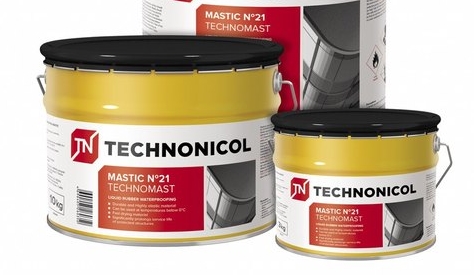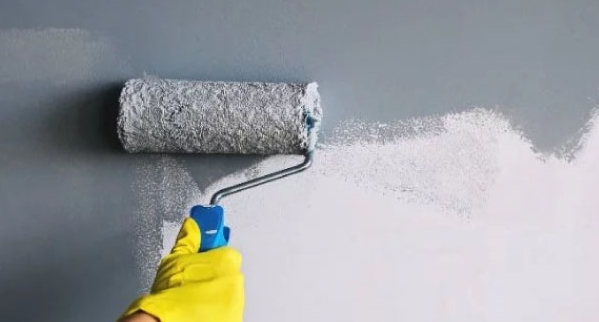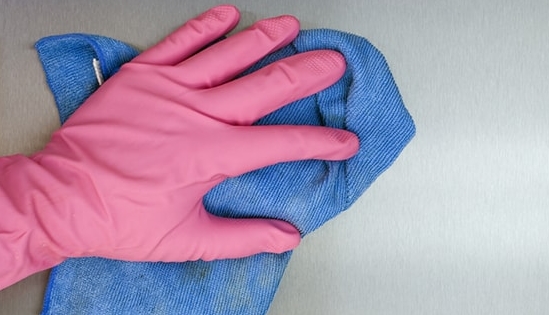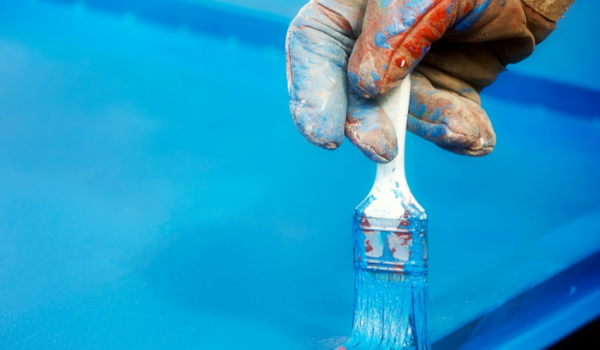Corrosion and rust are the main problems in iron and metal supports. They cause the deterioration of these structures by damaging their resistance. While there are methods to deal with corrosion and rust on metals, some suggest using a primer. However, does primer stop rust?
No, the primer does not stop rust, but it prevents the formation of rust on metals. Primer will only cover the rusted metal and make it look good again while the oxidation continues. So, your best bet to prevent rust using a primer is to apply it to a metal that doesn’t have rust particles.
Primer is best for preparing a metal against rust. Nothing else prepares the bare metal for painting like an application of primer. Primer can be oil-based or water-based and is usually gray, although some finish paints are tinted with a small amount of primer colorant.
If you have rust on regular steel, you will need to sandblast the metal and apply a primer. We do not advise applying an epoxy primer directly over an existing rusty substrate. It will not work well because the first layer of epoxy is thin and porous and therefore does not adhere extremely well to the existing non-uniform surface.
Contents
What Is a Primer?
Commonly referred to as a leveling compound or preparation coat, a primer is very often a liquid that serves as an undercoat before the application of the second coat or the topcoat. The primer is an anti-rust product used to repair rusty metal and also help it to regain its original appearance.

The bonding primer is the material that separates the surface to be brushed from the base coat. It’s the thin layer that you apply to a wall or an object before painting it.
There are many types of undercoat paints in different colors and different forms. There are primers in spray, in paint cans, etc. Each of them is made especially for a specific type of material and type of paint.
The primer is applied according to a precise method. We start by diluting it to 30 or 35% using a thinner. After sanding the primer, an abrasive is used to clean the rust and remove the old paint. The abrasive has an impressive cleaning effect.
Then the spray guns are used to spray the undercoat on the facade. A brush, roller, or sponge is also used to apply the primer. Finally, it is advisable to let it dry while having in mind the recommended drying time.
What Types of Primers Are There?
Not all primers have the same function and therefore not all are the same. Broadly speaking, two types of primers can be differentiated:
Water-Based Primers
The diluent is water. They are very versatile, non-flammable paints that are convenient for both preparation and finishing on walls, ceilings, or coffered ceilings. In addition, these paints are especially respectful of the environment, practically odorless, and easier to use.

Solvent-Based Primers
This type of primer has a better penetration into surfaces and materials than water-based solvent paints. This factor gives them many advantages in terms of protection and sealing.

When choosing between the primers, the important thing is to look at the nature of the support to be painted and what you want to achieve with it. Nonetheless, both types can be used in the case of stopping rust.
What Surfaces Require a Primer?
Virtually all surfaces need a primer coat, although several materials especially require it, such as:

- The wood
- The metals such as steel or aluminum
- The concrete and plaster
- The ceramic tiles
- The PVC
Anti-Rust Primer Application
How to apply an anti-rust primer:
1. Cleaning the Surface
Before you can apply the primer, you need to prepare the surface. The surface must be dry, clean, stable, free of grease, and free from impurities as well as separating substances such as algae, moss, resins, waxes, oils.
So use a wire brush to completely remove loose, peeling, and torn old paintwork. You should sand down well-adhering old coatings lightly. Either with wet or dry sanding paper. If you want to work with wet sandpaper, soak it in water for a few hours beforehand. So it becomes soft and pliable.

If you prefer to work with dry sandpaper, then keep removing the dust. So that the paper lasts longer. Also remove rust, mill scale, and welding residue mechanically. So that a shiny metallic surface can be seen.
You should also round off sharp edges and burrs. Then you can also apply silicone remover with a cloth. Let it take effect briefly and then rub it off again.
2. Masking
Everything that is not to be painted with the primer should now be masked off well and generously with masking paper. Make sure that the adhesive tape is of good quality and is solvent-resistant. Remove as many attachments as possible beforehand. Plug screw holes. Leave enough space around the repair area so that there are no hard edges on the paper later (when you remove it again).
3. Dedusting
Now the last crumb of dust still has to go. The best way to do this is with compressed air. Last but not least, you take a binding cloth and carefully stroke it over the surface to be painted.
4. Apply Rust Protection Primer

First, you apply the primer with the spray gun on all edges and corners. Only then do you evenly paint the surfaces. This takes some practice. Try it on a piece of cardboard beforehand. You should hold the paint spray gun at a right angle to the support. Keep a distance of about 20 cm and always spray something over the edge.
Conclusion
Primers are a protective coating that prevents or fights rust and improves surface properties. They are used to cover or fill in any imperfections in the metal, such as rust.
However, the appropriate primer must be chosen, always thinking about the nature and compatibility with the finishing paint, otherwise, unwanted results would be obtained – that will end up spoiling the job.


